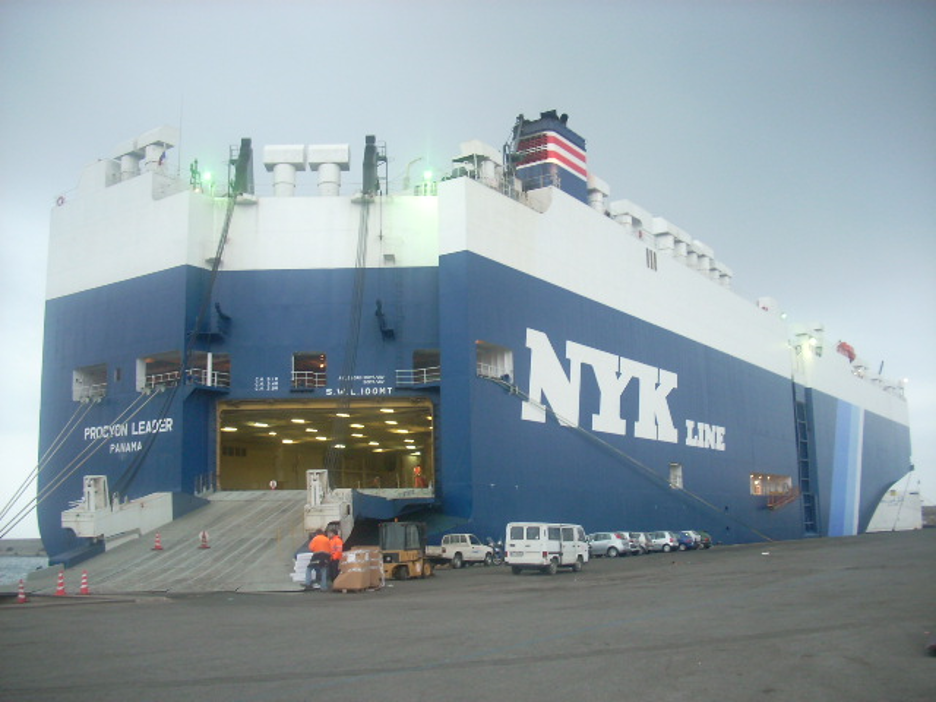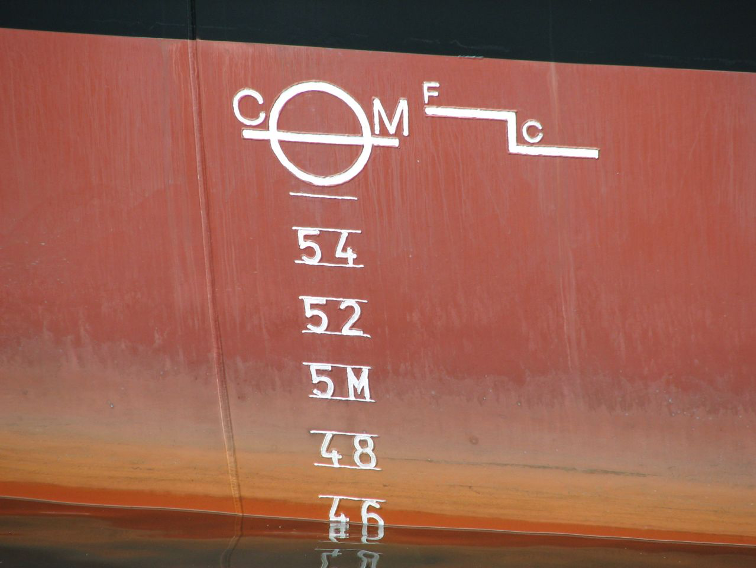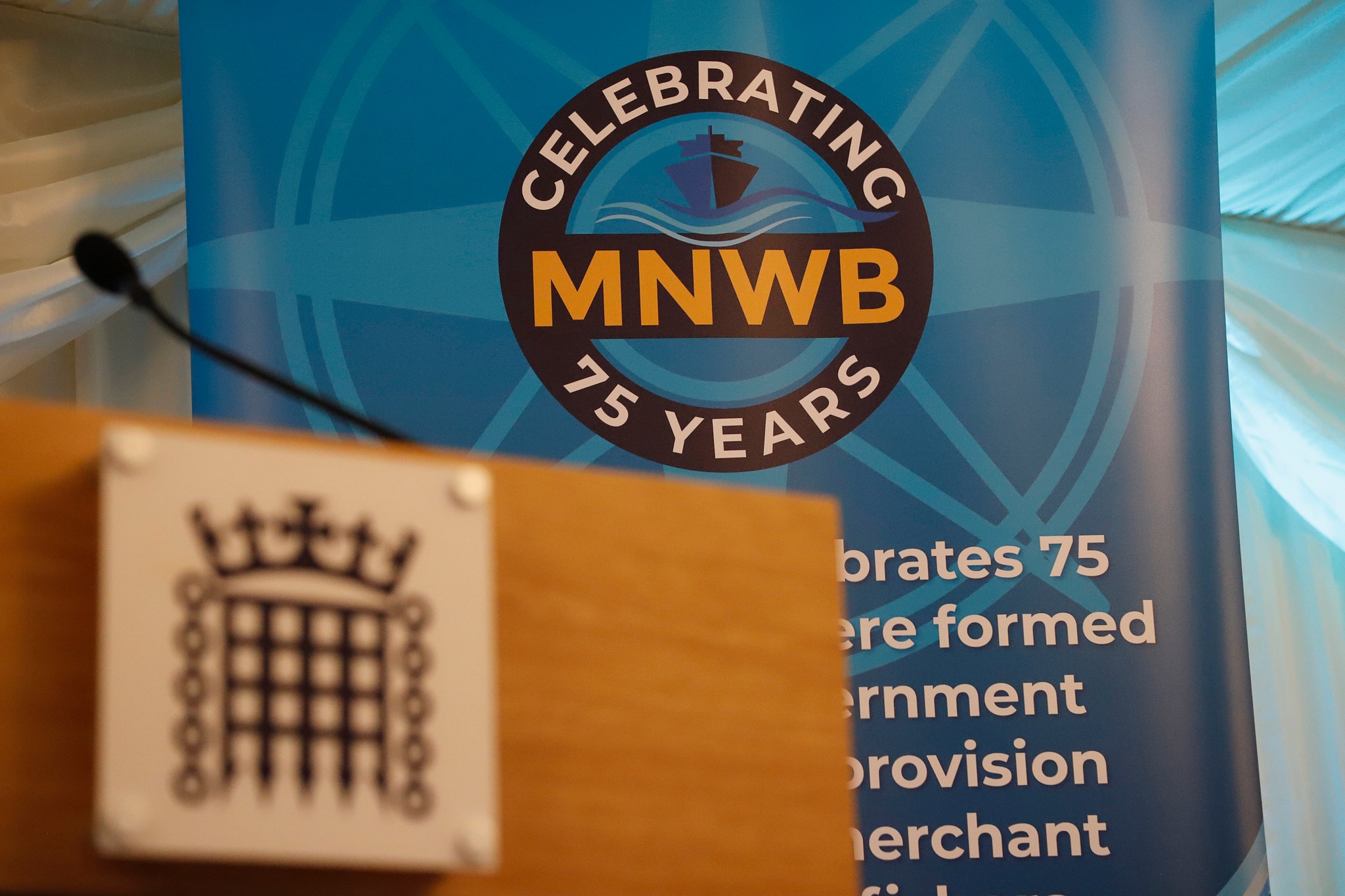by David Reid, MA FNI

The chain of documentation that charts the course for the flow of goods through the supply chain has evolved since the time of the Roman Empire. This chain involves the issuance of documents that track the receipt and delivery of goods as they pass from one responsible party to another. These documents are of critical importance because they are evidence of custodial responsibility and are necessary to ensure that the goods flow to the correct person in the supply chain. They are also critical with respect to the condition, quality and quantity of those goods. Any deviation may be a cause for a claim back up the supply chain if the goods received are not as advertised or described.
In the world of Amazon Prime and delivery couriers, the consumer is often asked for a signature when a package is delivered. If the box has been opened or appears damaged, then it is wise to make a notation to that effect before signing for receipt. Failing to do so may affect the consumer’s rights to claim should the contents have been lost or damaged.

In the maritime world when cargo is delivered onboard a ship the custom of trade is that the ship issues a document known as a “Mate’s Receipt.” In the bulk and breakbulk trades and particularly in the neo-bulk trades for steel and forest products the issuance of a mate’s receipt for every consignment is the standard practice. In prior years when liner cargo ships traversed the globe the chief mate had a book of mate’s receipts and as cargo was loaded by the stevedores, the mate would issue a receipt for each item or booking note. (A booking note would be the detail of the goods that a shipper had booked to be shipped and could be anything from one to a multiple of items.) The Chief mate and his deck officers would inspect the item or items loaded and note any discrepancies on the mate’s receipt. In some cases, the chief mate would organize his own tally to make sure that the quantity declared by the shipper agreed with the physical count. If there was a dispute on the count, it may not be physically possible to make a recount when say a cargo of bagged rice has been loaded. So, in a time honored tradition, the mate’s receipt would be notated with the statement. X bags in dispute – “if on board to be delivered.”
At the Plymouth School of Navigation where I studied, our lecturer used the story of a British ship loading a consignment of elephants in India, there was a dispute over the number of elephants, so the chief mate notated the mate’s receipt as follows; 10 elephants, one in dispute, if on board to be delivered. (Why they could not do a recount of 10 elephants was never explained…)
Due to the changes in the administration and management of documents, the task of creating the mate’s receipts has shifted to the workload of the local steamship agent. However, the signature of the mate’s receipt remains the responsibility of the chief mate under the authority of the master. It is at the point of signature that any deviation may be documented on the mate’s receipt. Why is this critical?
The mate’s receipt is the document in the chain that precedes the issuance of Bills of Lading. Bills of Lading become the document of title that may be used to negotiate letters of credit that have been issued by the buyer’s bank in favor of the shipper. The shipper needs possession of the original bill of lading to present to the bank in order to be paid. If there are discrepancies or notations on the mate’s receipts these may or may not be a permitted deviation within the terms of the letter of credit. It can cause serious headaches for the shipper who wants to be paid for the goods that are now onboard a ship and probably on voyage.
Frequently shipowners are required by their P&I Clubs (Protection and Indemnity) to hire a marine surveyor to independently inspect and assess the condition of the cargo being loaded, particularly true with cargoes such as steel. Since 1874, the P&I Clubs insure the shipowner against cargo claims and they therefore have a particular interest in prevention and loss control. A primary measure in this process is to make sure that the cargo is described in an accurate way at the time of loading. For steel, there could be physical damage caused by rough handling and there could be the presence of corrosion. In some cases, these are normal conditions, so for example hot rolled steel coils are shipped unwrapped. The steel has a blue/grey appearance from the mill scale on the surface which will lightly corrode over time and become light brown. Hot rolled coils are routinely stored outside by steel mills and steel warehouses. However, claims have been made against shipowners during or after discharge that hot rolled coils are rusty and this gives rise to a debate over the degree of rust and where it was caused, i.e., during transit on the voyage or prior to loading. P&I clubs have taken a cautious approach and instruct their marine surveyors to document the apparent condition of cargo in a meticulous manner. When the mate’s receipt is heavily notated it may result in Bills of Lading that are also notated and that in turn may make the bank that issued the letter of credit unwilling to release the payment to the shipper.
Mate’s receipts are therefore an essential instrument in the documentary supply chain and there are times when knowledge of the cargo being loaded is essential to avoid a paper jam. As the supply chain director at the second largest steel plant in Europe and one of the leading exporters and shippers of steel slabs we frequently encountered shipowners and masters who were not familiar with the product type and because it was steel, they assumed that it was a finished product. Steel slabs are a semi-finished product that is impervious to any damage or corrosion because the buyer will reheat the slab in a furnace and roll the slab under pressure to create sheet or plate steel. The lack of understanding would create problems when the P&I club would advise on notating the mate’s receipts with remarks such as stored outside, corroded, and the generic notation “Quality and quantity unknown.” This type of notation if transferred and carried forward to the Bills of Lading could cause delays in negotiating the letters of credit which then caused cash flow to be interrupted. We took the decision to inform the buyers that they should instruct their bank to open the letter of credit with the caveat that the bill of lading would be acceptable with the notation “remarks as per mate’s receipt.” This then avoided any delays in the cashing of the letter of credit and kept the treasury department at the steel company smiling.
For bulk cargo, there is no opportunity to tally cargo piece by piece as there is with neo-bulks like steel and forest products. For bulk cargo the measurement is weight, and the shipper will use a shore measurement derived from a scale on a loading conveyor. The chief mate will check the shipper’s weight declaration by taking a change of displacement draft survey before and after loading.

At the conclusion of loading the shore figures and the ship’s figures will be compared. Marine surveyors are often employed to represent each of the parties involved and they will each make their calculations and reach their own conclusions. Neither the conveyor belt scales or the draft survey method are absolute because each has an error factor that is inherent in the equipment or the methodology. Once again, the mate’s receipt will be the document that will be issued and signed with any notation that reflects a deviation from the declared shore figure.
The seemingly humble mate’s receipt has an important part to play in the smooth running of maritime commerce.





